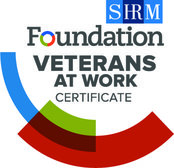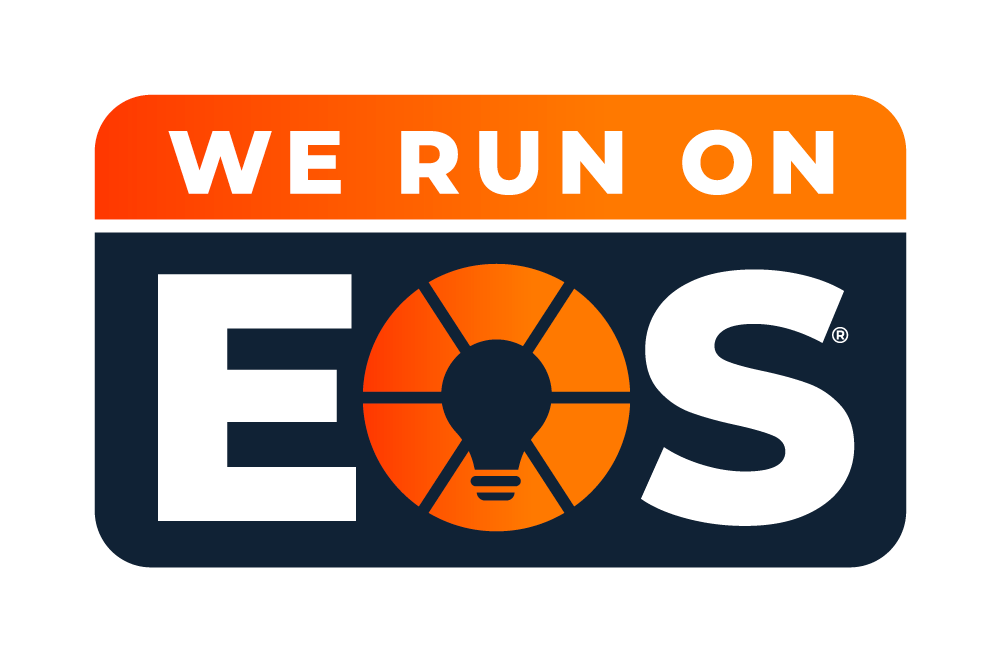Seven Tips for Navigating 4Q18
As we start into the last government fiscal quarter, it is feast or famine time. Some have hit the beaches, getting some much-needed R&R and family time. Some are heads-down in proposal mode, worried about when the next one will hit. Others are in purgatory, the stretch between proposal submission and proposal award, with their fingers crossed thinking about the to-do list should they win.
All in all, summer is notoriously a time for going all out or taking off in the federal space. The battle rhythm is hard to hit. Here are some key points to consider, if only for your sanity.
- Proposal Hell – make sure you’ve locked in the proposals you plan on bidding this summer. If it isn’t in your pipeline and you haven’t been tracking it, you aren’t ready to prime. Don’t burn out your team on a bluebird, low probability win. You’re going to need them for your must wins.
- Proposal Heaven – It’s late in the game, but make sure your templates are up to date and ready to bang out. Opposite of above, be ready to turn a bluebird subcontracting proposal over quickly. If you are doing less of the heavy lift, take more risk and bid more. This is where your templates can greatly reduce effort and your team can respond with agility. Besides, some percentage of revenue is much better than no revenue. Expand your book of business without needing to prime everything.
- Pricing – As you close June’s books, have your folks review with leadership actual vs. planned for the first half of the year. Is your multiplier running as you expected? Does your pricing strategy for the summer need to be adjusted? Do it now before you turn in those bids. What is the impact for your proposal? Where can you tighten up? Impact on Operations (particularly CPFF work)?
- Recruiting – It’s a tight market and it’s hard to compete for key folks. Be aware of summer schedules and be flexible as an employer. If they can’t interview in the next two weeks, it’s not necessarily because they aren’t interested. Adjust your expectations for days to hire.
- Leadership and Recruiting – It’s a great time to schedule those pipeline candidates for coffee where you can. They want to interact with leadership, not the recruiter. Take the time to touch base so when the contract award hits, you can move quickly.
- Mental Health – This is important for everyone. Take the vacation, take the time off. Get off your phone and dear god, stop driving your team endlessly. If leadership can’t take a vacation and check out for a bit, what have you done wrong in your business? Delegate, empower and document. This goes for CEOs to administrative staff. Absolutely no one is irreplaceable. Create an environment where taking time off is actually a good thing, not something that is frowned upon.
- Be Efficient (a tip from Courtney Fairchild of Global Services) There will be a great deal of opportunities arriving at the end of the fiscal year buying season, but working smart will save you valuable time and energy. Looking ahead at forecasts; touching base with current government clients; having up-to-date GSA schedules with all the services and products you offer, and being mindful of micro-purchase thresholds can provide meaningful wins and cash flow.
Before you disconnect for a bit- get everything in order to jump back in well-rested and energized. If you find you’re a little light on recruiting or pricing preparation, let BOOST know. We’re happy to jump in and have a conversation with you to see where you can tighten up and delegate when possible. Email info@boostllc.net and let’s talk.






